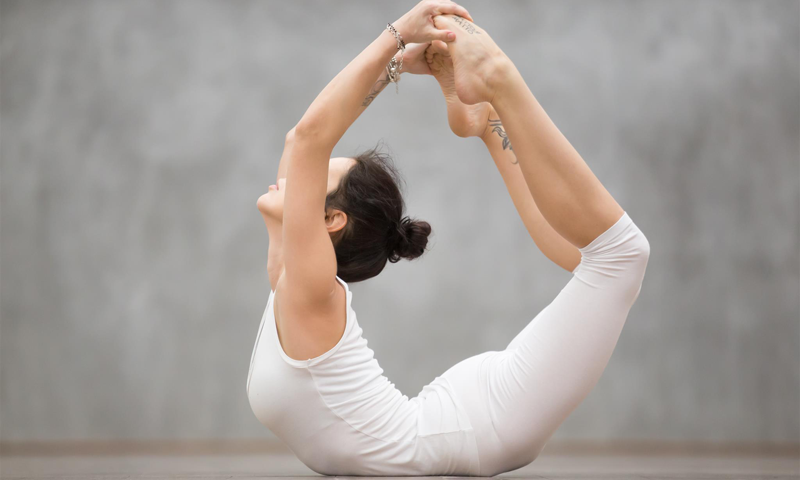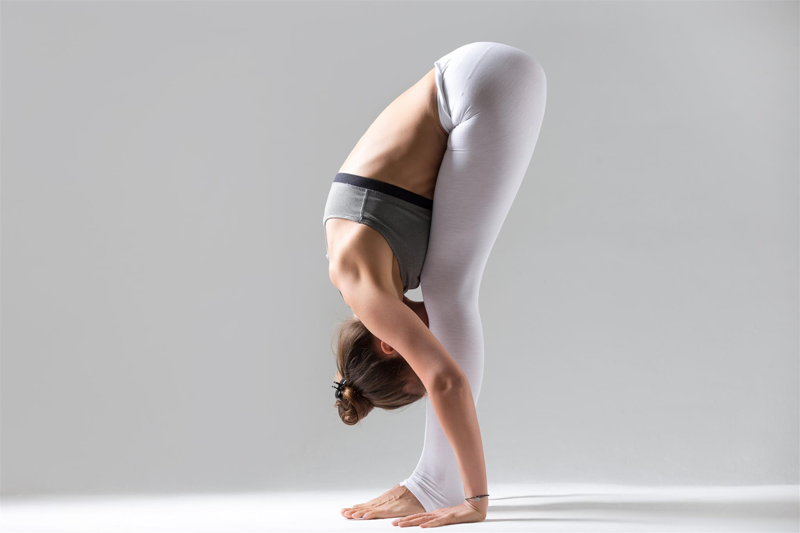
What is Yin Yoga?
12th April 2018
What is Baby Yoga?
20th April 2018Your Guide to Ishta Yoga

Ishta Yoga is best described as a combination of Hatha, Tantra, and Ayurveda. The word ‘Ishta’ actually stands for ‘Integrated Science of Hatha, Tantra and Ayurveda’. In Sanskrit, though, the word also means ‘individual’ or ‘personal’. Each Ishta Yoga class will have their own method of practice; this typically com-prises of mantras, physical postures, and breathing techniques. When attending an Ishta session, it’s im-portant to wear flexible yoga clothes that do not restrict your movement. In this article, we explore Ishta Yoga in more detail.
What is Ishta Yoga?
As mentioned previously, Ishta Yoga is a combination of Hatha, Tantra, and Ayurveda Yoga. The Hatha aspect encourages students to hold physical postures, or asanas as they are referred to in Sanskrit. Tantra Yoga focusses on living life to it’s fullest potential and seeing consciousness in every living being. Ayurveda is often classed as the traditional Indian science of life; Ishta Yoga incorporates Ayurveda by helping students to find a balance between themselves and the outside world.
What Makes Ishta Different?
Ishta is one of the only forms of yoga that brings together different styles of practice. Unlike other yoga forms, the Tantric approach of Ishta encourages students to discover who they really are. Alongside this, though, the practice works to improve physical health through a series of asanas. Many practitioners enjoy the relaxed nature of Ishta Yoga. There is no set way to practice the style, so each studio runs their classes in a different way. Some classes adopt a restorative approach, while others lean more towards vinyasa flow. Because of this, yogis can choose whichever style suits them best.
Benefits of Ishta
Increases Flexibility and Strength
Like most physical yoga styles, Ishta works to increase flexibility in the body. Through a series of simple asanas, the muscles are gently stretched to promote flexibility and strength. Over time, flexible muscles can help to prevent injury and help the body to repair quicker if an injury does occur.
Cleanses the Body
When practised regularly, Ishta can help to cleanse the body and combat various illnesses. Many practi-tioners believe that Ishta can help cure illnesses that don’t respond to medication. If the style is practised with full devotion, even serious health issues can be resolved.
Unites the Body and Mind
As Ishta incorporates Hatha, Tantra, and Ayurveda Yoga, the practice works to unite the body and mind. At times, our mind and body can feel as though they aren’t cooperating properly. Regular Ishta practice can encourage them to work in harmony, ultimately helping the body to function at a higher level.

Poses for Beginners
Bharadvaja’s Twist
One of the most popular Ishta Yoga poses, Bharadvaja’s Twist, works to improve the spinal health. To practice the asana, begin by sitting on your mat. Keep your back straight and extend your legs out in front of you. Rest your arms beside your body, keeping them as close to your hips as possible. Next, bend your knees and draw them towards your left hip. Your left buttock should now be carrying the weight of your body. Rest the inside of your left ankle on your right thigh.
Take a deep breath inward and lengthen your spine. Next, place your right hand on your left knee and twist your upper body as much as possible. You are in Bharadvaja’s Twist. Hold the posture for around 30 seconds whilst breathing deeply. With each exhale, lengthen the spine a little more to intensify the stretch.
Standing Forward Fold Pose
Stretching your hamstrings and lower back, Standing Forward Fold Pose can relieve built up tension in the body. This posture is typically practised at the start of a class to get the muscles warmed up. Over time, the pose can drastically improve flexibility in the back and legs.
To practice Standing Forward Fold Pose, stand tall with your feet shoulder-width apart. Slowly bend at the waist and lower your upper body until it hangs all the way forward. Allow your arms to fall to the ground. You are in Standing Forward Fold. If you cannot touch the ground when you first start using this position – don’t worry! Beginners may find it easier to practice with the knees slightly bent. Hold the pose for around 30 seconds or for however long you feel comfortable doing so. When you’re ready to exit the asana, make sure to bring your head up slowly so you don’t feel light-headed.
Bow Pose
Formally referred to as Dhanurasana, Bow Pose is often practised within an Ishta class. In addition to in-creasing flexibility, the posture has a range of other great health benefits including relief from muscle pain and menstrual discomfort.
To practice Bow Pose, begin by lying flat on your stomach. Next, bend your knees and bring your feet back towards your buttocks. Engaging your core, lift your chest off the ground and reach both arms back to grab hold of your feet. You are in Bow Pose. Hold the asana for around 30 seconds whilst breathing deeply.
In Summary
This unique style of yoga can be practised by yogis of all sorts. As Ishta incorporates a range of different yoga types, beginners can try the style to get an idea of which aspects they enjoy. Although advanced practitioners may find Ishta easy to pick up from their own home, beginners are advised to attend a local class. There, an experienced instructor will be able to check that you are practising each asana correctly. When attending a local class, it’s a good idea to go equipped with a comfortable yoga mat. Although some studios may provide mats, having your own will avoid disappointment if the studio’s collection runs out.

